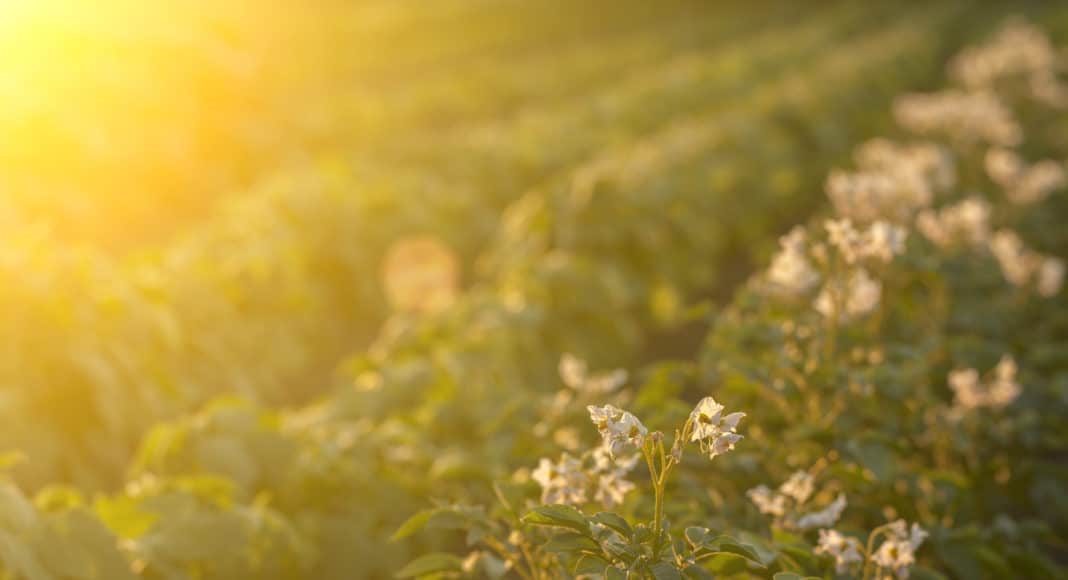A new study testing potassium fertilizers has found how they impact potato quality, a March 22 news release said.
In the study, led by Sarah Light, an agronomy farm advisor with University of California Cooperative Extension, researchers applied three different potassium fertilizers at three different application times during the season. The release said they also used sulfate of potash and sulfate of potash magnesia. The fertilizers were applied to different research plot 210 days before planting in fall, 14 days before planting in spring, and 35 days after planting.
It was found that the fall application didn’t increase chloride in the plants. The release noted the researchers believe this is because the chloride was leached below the root depth by the time the potatoes were planted 210 days later. But the potassium was left in the soil to be taken up and used by the potatoes as they grew.
“Fertilizers are soluble salts and leaching is the process of draining salts from the soil,” Light said in the release. “Especially in low rainfall areas, high salt content in the crop rootzone, known as soil salinity, is a top reason that fields can become unfarmable.”
While higher chloride levels were found in some of the aboveground parts of the potato plant from spring and in-season applications, it didn’t greatly impact nitrogen levels, the release said. There was also no significant difference in yield or quality — such as specific gravity — found between the three fertilizer timings in their specific study.
The release noted the indicated chloride accumulates more in the stems and leaves of the potato plant, and not in the potatoes themselves. After potatoes are harvested the stems and leaves are left in the field meaning the chloride isn’t removed from the field and may increase the risk of elevated chloride in the soil for future seasons. In the study, chloride leached below the rootzone when applied in the fall.
“Potato plants will take up chloride when it is available and chloride will accumulate in plant tissue until potato harvest,” Light said. “Though specific gravity was not affected by treatment in this research, if elevated plant chloride is of concern, applying potassium chloride in the fall is a way to reduce chloride uptake. This is because it has time to travel, or leach, deeper into the soil.”
In the release Light noted she and her team were pleased to find chloride can travel below the potato root zone, even in a low rainfall area — this provides a way for farmers to minimize risk of lower quality potatoes.
Light conducted the research while she was a graduate student at Oregon State University. Don Horneck, Oregon State University Extension Agronomist, began this project before passing away in 2014. Dan Sullivan, also with Oregon State University, worked with Light on this project after 2014. The research was funded by the United States Department of Agriculture’s National Institute of Food and Agriculture, with support from Compass Minerals.
The results were published in Agrosystems, Geosciences & Environment Journal, a publication of the American Society of Agronomy, and Crop Science Society of America.
Related Articles
Bringing Down Nitrous Oxide Emissions on the Farm











